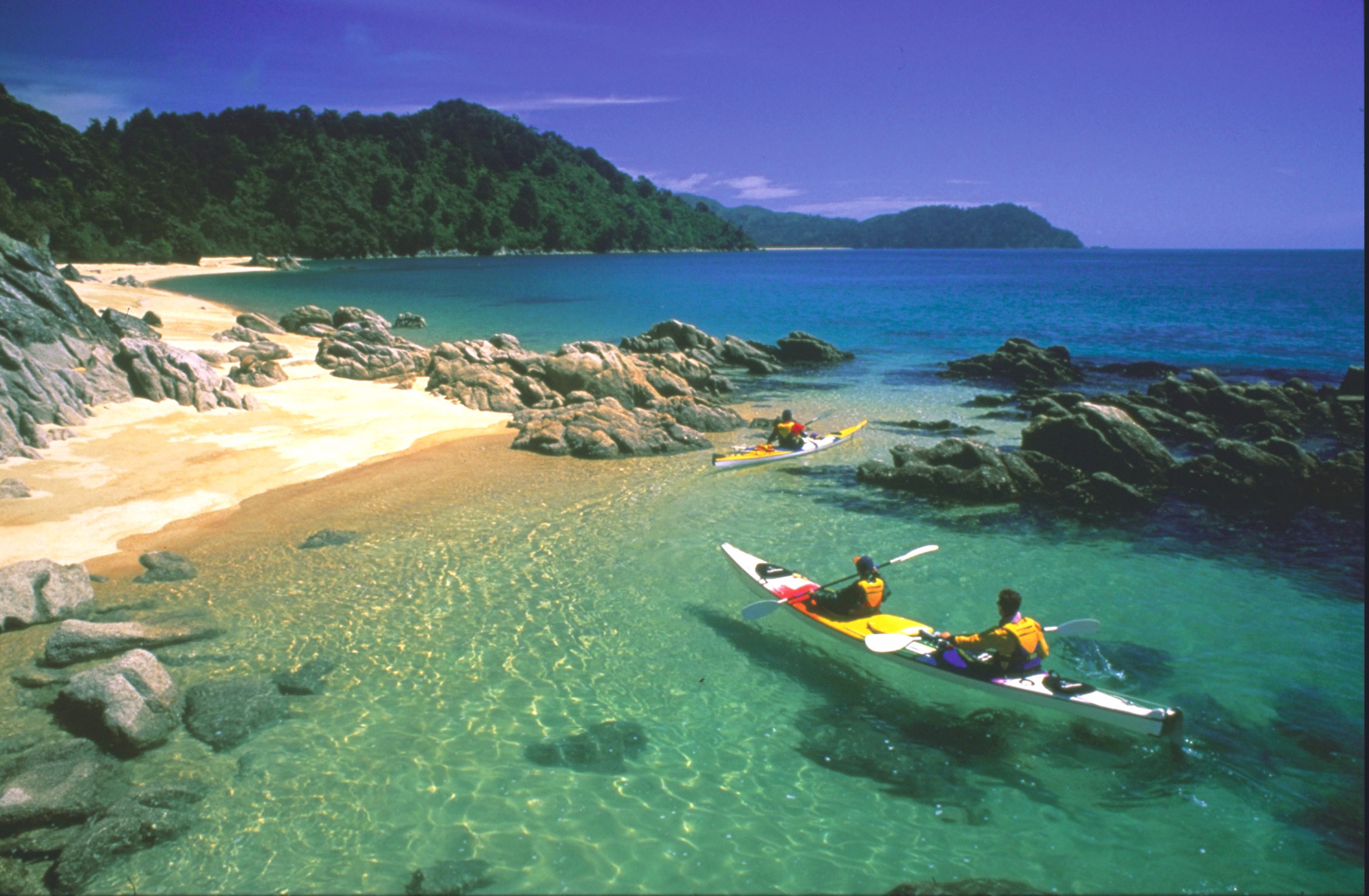Welcome to LeapForwardTravel.com!
Ready to see the world in first class simply by collecting points and miles? Want to take that epic adventure you always dreamed of?

Ready to see the world in first class simply by collecting points and miles? Want to take that epic adventure you always dreamed of?
